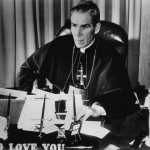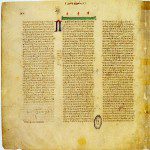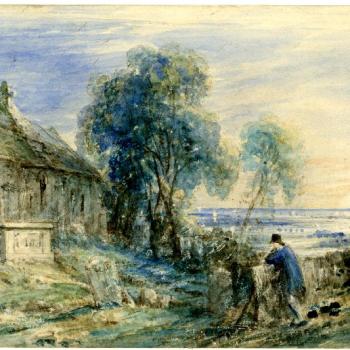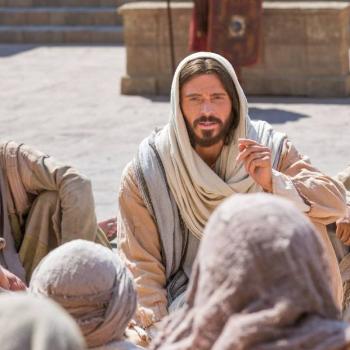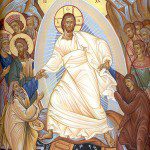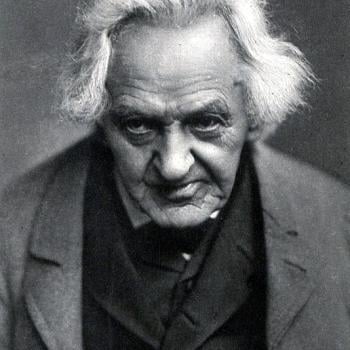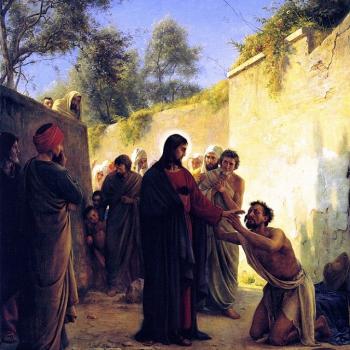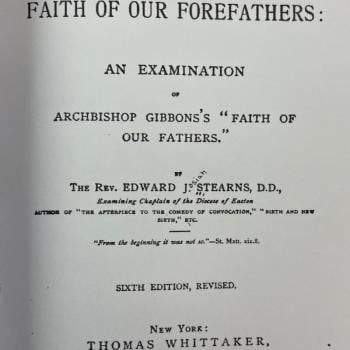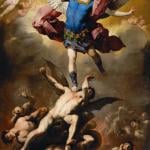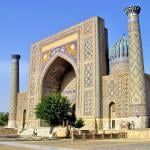Or, “Do ‘right’ and ‘left’ properly apply (by analogy) to an ecclesiastical spectrum as well as to political analysis?”
Servant of God, Dorothy Day (1897-1980) in 1934 [public domain / Wikipedia]
* * * * *
There is such a thing as an ecclesiological left and right. “Radicals” is one way of referring to the far right or far left. Radical Catholic reactionaries are far right, which becomes in effect very similar to far left (dissidence, disobedience, pick-and-choose, Protestant-like private judgment), just as if you go far enough east traveling around the world you end up coming back to the same spot via the west.
I say that folks like me and mainstream traditionalists are two legitimate variations of orthodoxy or the “radical center” (I think Chesterton used that term or something like it). The liberal dissidents / modernists / heterodox / so-called “progressives” are to the left and radical Catholic reactionaries and sedevacantists (those who deny that there is a sitting pope) and SSPX are to the right of this orthodox center.
I’ve called myself a “radical Christian” in the past. It means “roots”; so radical right or radical left theologically means getting right to the roots of those two particular distortions of Catholicism. The root of a distortion is itself a distortion and corruption, but the root of a good thing is good.
Donatism (in this paradigm) was on the right, as most if not all rigorist sects are. Something like Arianism or Albigensianism were on the left of the spectrum, because they moved away from dogma into heresy, whereas the other thing is schismatic but not heretical, unless it is sedevacantism. Left and right are very analogous in politics and theology. Far left is anti-traditional; far right is overly traditional and pharisaical.
It seems self-evident to me that right is different from left, just as schism and pharisaism and rigorism are different in kind or nature from skepticism and anti-traditionalism and heresy. Right and left are different, and that applies to politics as well as theology. That’s why the term “theological liberalism” has long been in use. These guys call themselves that (at least they used to, before the self-title of “liberal” largely fell out of favor). It has been in common usage from the late 1700s and the “Enlightenment” and the onset of theological liberalism, or what popes and the Church call “modernism.”
Errors on the right are quite different from the errors of the left, which are characterized by wholesale rejection of dogmas (heresy). Call them what you will, but they are clearly distinguishable and not the same thing at all, though they converge in several particulars.
I doubt that the left-right analysis was present in medieval times because the paradigm seems to me to be a post-Enlightenment analysis, with the onset of both theological and political liberalism, and later, Marxism, even further left and anti-traditional and far left religious views like Unitarianism and the various heretical cults (Mormonism, etc.).
Sociological characterizations such as this, however, don’t necessarily have to have an ancient historical pedigree, I would argue. I think by close analogy, we can take it back in a sense, however, by the ancient distinction of heresy and schism. Basically, saying left and right is analogous to that, per my analysis above, and that is how Pope Benedict XVI (before he was pope) used it:
It is likewise impossible to decide in favor of Trent and Vatican I but against Vatican II. Whoever denies Vatican II denies the authority that upholds the other two councils and thereby detaches them from their foundation. And this applies to the so-called ‘traditionalism,’ also in its extreme forms. Every partisan choice destroys the whole (the very history of the Church) which can exist only as an indivisible unity.
To defend the true tradition of the Church today means to defend the Council. It is our fault if we have at times provided a pretext (to the ‘right’ and ‘left’ alike) to view Vatican II as a ‘break’ and an abandonment of the tradition.
(Ratzinger Report, 1985)
“Right-wing” and “left-wing” goes back to the French Revolution. The use in theology is an analogy to that. “Left” is anti-traditional and “right” preserves tradition, but both can go too far.
Facebook friend Andrew Rabel noted: “Dorothy Day would be considered by a number of people, very left wing, if not Marxist in her anarchical views, and her push for the class struggle. Yet her theology was very orthodox, as she was a daily Mass goer, said the rosary and breviary daily, went weekly to confession, and regularly to eucharistic adoration.” Day was also a distributist (something I am, myself): an economic theory or approach which is arguably neither right nor left.
There are always exceptions to the rule, and “category-bending” folks. But an exception doesn’t disprove a rule, which is a generality from the outset. The fact remains that most who are far left politically will tend to be the same in matters of religion (if they are religious at all). Thus it doesn’t defeat the analogy, because no analogy is perfect or universally applicable in the first place.
I have a friend who is a democratic socialist / Marxist, yet theologically he is a very conservative Baptist . Not many folks are like that! But there he is.
Concentric circles also work fine, as a different paradigm: the farther out from the core, the more schismatic or heretical, but it is still two different phenomena, and in a sphere there are opposite poles that are the same as left and right. And we see that the two poles (north and south) turn out to be very similar: cold, distant, dreary, uninhabitable: same as far right and far left. Full-fledged error exhibits similar tendencies even when origins are different.



